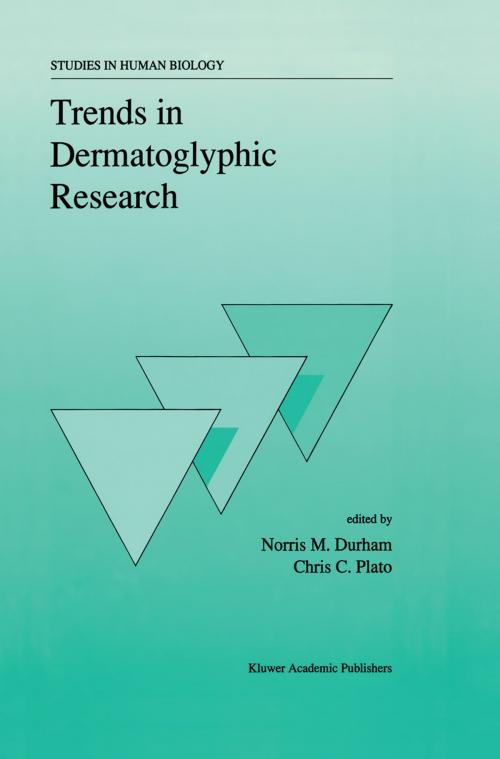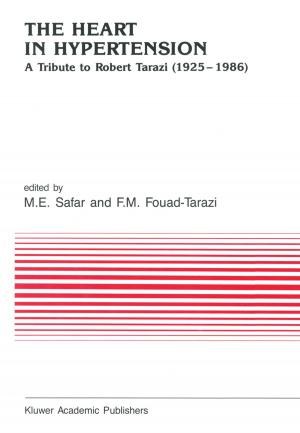Trends in Dermatoglyphic Research
Nonfiction, Science & Nature, Science, Biological Sciences, Evolution, Social & Cultural Studies, Social Science, Anthropology| Author: | ISBN: | 9789400921375 | |
| Publisher: | Springer Netherlands | Publication: | December 6, 2012 |
| Imprint: | Springer | Language: | English |
| Author: | |
| ISBN: | 9789400921375 |
| Publisher: | Springer Netherlands |
| Publication: | December 6, 2012 |
| Imprint: | Springer |
| Language: | English |
The preparation of a volume of worldwide research contributions can be a time consuming task which is frequently more difficult than many other types of book. This particular venture was made easier by the assistance of many people. Therefore, we wish to acknowledge: the suggestions, academic support and direction of Dr. Kenneth M. Weiss, our American editor; the assistance of the staff of the Department of Sociology and Anthropology at the University of Northern Iowa, particularly the generous and congenial efforts of Ms. Rosemarie Skaine and Mrs. Heidi Anderegg whose computer and deciphering skills may be legendary; the kind responses to our long-distance questions from Mr. Martin Scrivener of Kluwer Publications are much appreciated; finally, the efforts of Dr. Paul T. Baker and Dr. Ralph M. Garruto for their help in rounding out the final contents. NMD CCP FOREWORD Among the many techniques developed by nineteenth century anatomists for the study of human morphological structures the analysis of dermatoglyphics has proven to be one of the most useful and durable. The series of reports presented herein reflect the dynamism of the topic. Such analyses provide a valuable tool for measuring the genetic relatedness of human populations and an inexpensive technique for alerting us to the degree of genetic involvement in the causes of many diseases.
The preparation of a volume of worldwide research contributions can be a time consuming task which is frequently more difficult than many other types of book. This particular venture was made easier by the assistance of many people. Therefore, we wish to acknowledge: the suggestions, academic support and direction of Dr. Kenneth M. Weiss, our American editor; the assistance of the staff of the Department of Sociology and Anthropology at the University of Northern Iowa, particularly the generous and congenial efforts of Ms. Rosemarie Skaine and Mrs. Heidi Anderegg whose computer and deciphering skills may be legendary; the kind responses to our long-distance questions from Mr. Martin Scrivener of Kluwer Publications are much appreciated; finally, the efforts of Dr. Paul T. Baker and Dr. Ralph M. Garruto for their help in rounding out the final contents. NMD CCP FOREWORD Among the many techniques developed by nineteenth century anatomists for the study of human morphological structures the analysis of dermatoglyphics has proven to be one of the most useful and durable. The series of reports presented herein reflect the dynamism of the topic. Such analyses provide a valuable tool for measuring the genetic relatedness of human populations and an inexpensive technique for alerting us to the degree of genetic involvement in the causes of many diseases.















